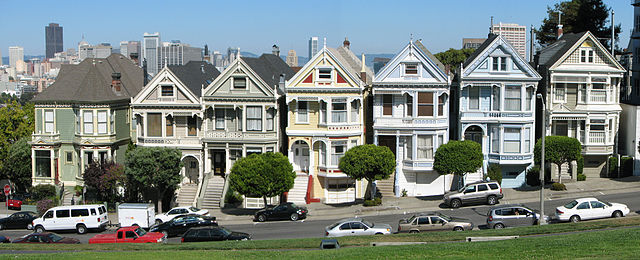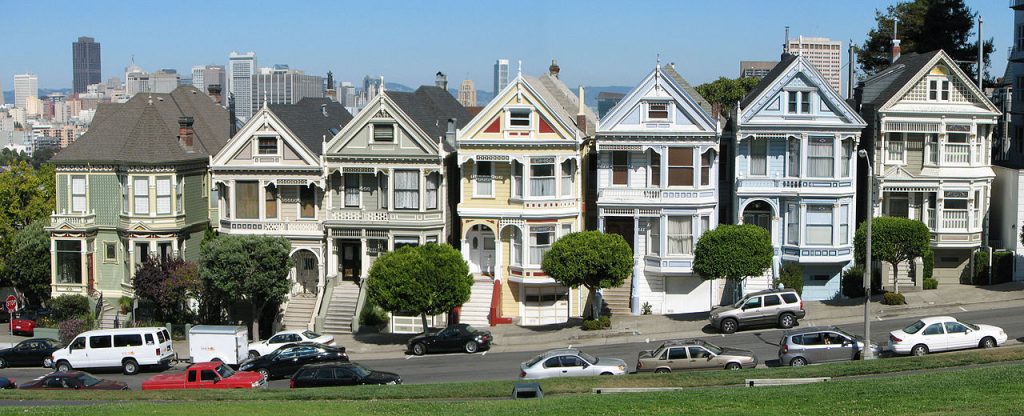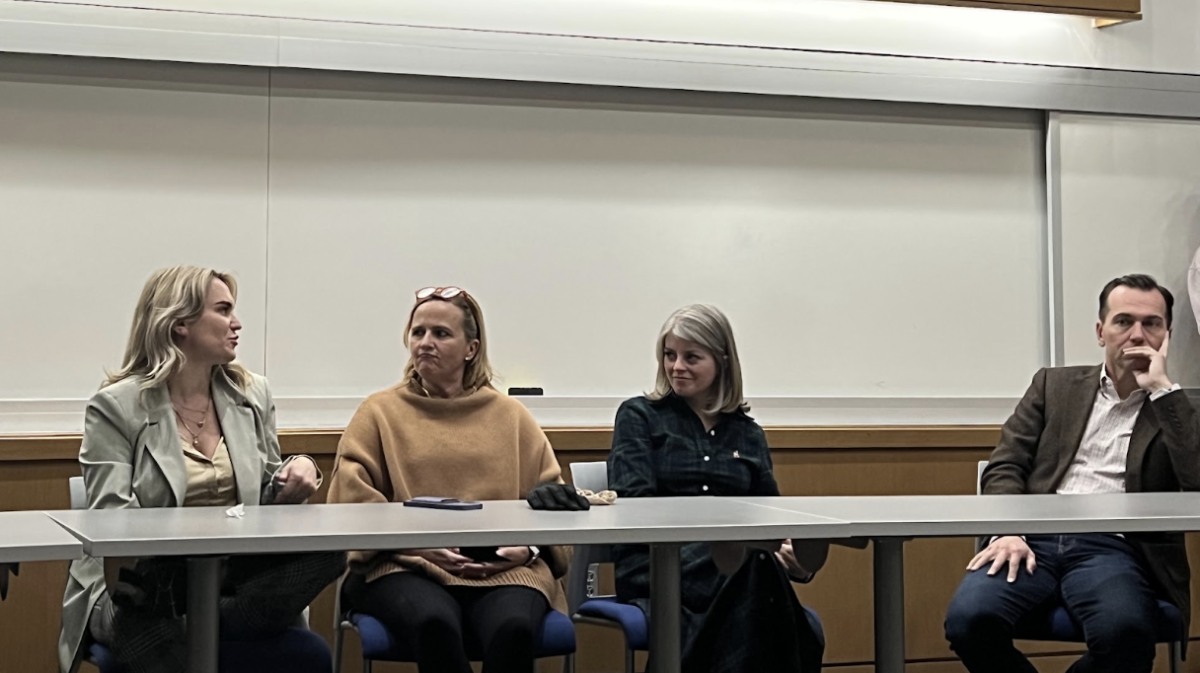“Covering American Issues, one city at a time”

In 1933, President Franklin Theodore Roosevelt began a conversation that would forever revolutionize how Americans conceive of federal government’s involvement in their economic well-being. In an effort to pull the country out of the deepening quicksand that was the Great Depression, Roosevelt proposed the implementation of a wage floor. It was hoped that this – along with other labor regulations – would not only helped workers, but also return lost integrity to the business sector. After five years of battle with legislatures, the President signed the Fair Labor Standards Act into law in June 1938. 76 years later, President Obama is once again confronting this controversial concept of federal government involvement in wage.
A fundamental concept taught in Economics 101 is that the market is self-correcting and should essentially be left to its own devices. During the Great Depression this theory was put to the test; the question became what to do when the market is not correcting itself fast enough. Considering the drastic circumstances that made up the hopeless and traumatic era of the Great Depression, it is not surprising that federal government intervention was considered as a policy solution.
Today, the U.S.’s economic situation is nowhere near as tragic as it was in the 1930s, but the widening gap between the have’s and the have not’s is glaring. The solution however may not be to follow in FDR’s footsteps. In that era, the landscape of America was pretty homogenous financially.America’s current situation is far from homogenous. Each region has its own economic climate within the larger national scope and, within those regions, localities are facing the repercussions of unemployment, wage disparity, and rising social unrest.
From Washington, D.C., neither legislatures nor presidential aides can pinpoint a wage that will work well for a specific city because his or her job, by design, is to concoct a wage that is good for the country on average. Mayors and City Councilmen/women interact with the needs of their specific constituencies every day. In fact, in some cities they have taken wages into their own hands. For 15-years, San Francisco has spearheaded the charge of locality control over wages with a current city-wide minimum wage of $10.74.
Considering the current minimum wage is $7.25, San Francisco’s minimum wage seems incredible. Beneath the surface however, $10.74 will not get you a lot in the Golden Gate city. The median home price in San Francisco is $885,000 and it is continuously ranked one of the least affordable cities in the United States. It seems like a logical next step for city legislatures to move forward and institute a minimum wage that accurately reflects the situation in the city.
San Francisco has also proven that minimum wage can increase without destroying jobs. Ken Jacobs, chairman of UC Berkeley’s Center for Labor Research and education told the San Francisco Gate Newspaper that higher wages reduced turnover and improved work performance in San Francisco.
For FDR, the response to market failure was an increase federal government regulation, and for 76 years that is what our country has held to. Times however have changed and once again the failure of the market is weighing down on individual Americans. As we applaud the ingenuity of federal government intervention during the Great Depression, we should applaud the idea of stepping onto a new path of ingenuity: local government intervention.
Featured Photograph: Wikicommons.










